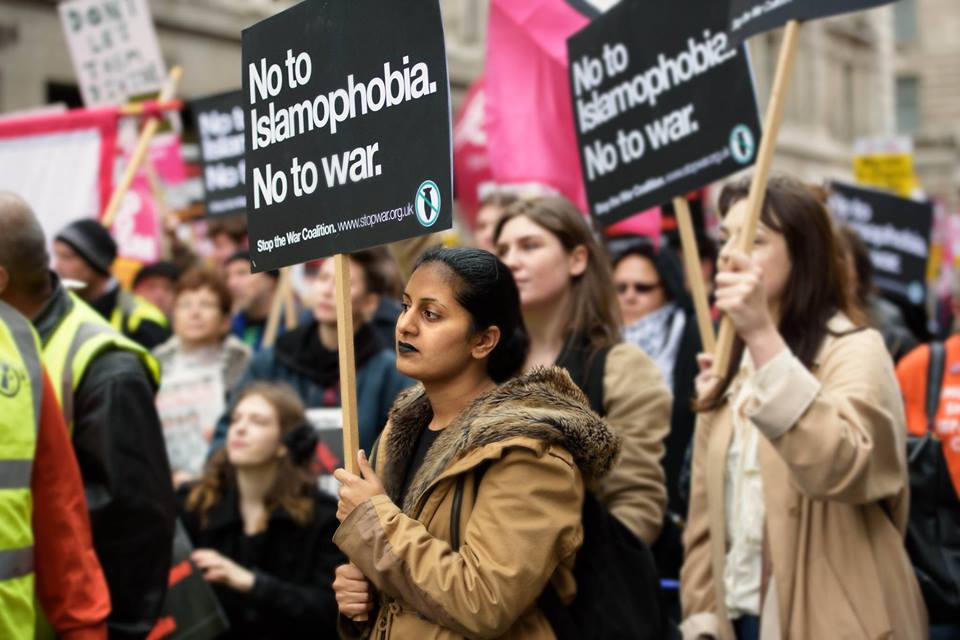Stop the War Officer Billy Hayes reviews the film everyone is talking about
Billy Hayes

‘Confusion is captured well and the soldiers’ desire to simply get to Blighty at all cost, regardless of rank or regiment or the country of origin, is palpable’
A middle, a beginning, an ending, then a beginning. All told through the eyes of one individual and the many, soaring over the sky of the English Channel.
Inception at the beach, Batman in a Spitfire, Christopher Nolan’s latest movie has all the hallmarks of his previous films; a panoramic view of sweeping events closing in on people trapped and confused by the dangers around them. As forces of French and British troops cluster together they scramble for their lives at the debacle that was Dunkirk 1940. It certainly succeeds in conveying the mundanity of war, the inane cruelty of conflict, although the officer class are also represented in the film, with some stock characters – Kenneth Branagh as Jack Hawkins: think The Cruel Sea. Tom Hardy with touches of Reach for the Sky.
This is a film about the response of the common people to a defeat that could have altered the outcome of the Second World War. Because Nolan appears to eschew the use of too much CGI, a lot of the film is shot in real time, and as is. It weakens the film. Were their only three Spitfires on the day and one German Stuka? The paltry number of fishing boats shown in the film to some degree limits the believability of the rescue operation.
Stop The War Patron Mark Rylance is measured and convincing in his portrayal of one of those individual civilians who risked their lives to save over 400,000 servicemen and women. Churchill’s timid plan had been to save 35,000. Together with his disastrous Norway Campaign, this has largely been forgotten by British historians. Hans Zimmer’s dramatic score is a much a part of the drama, as is the sepia cinematography that has been very much in use since Saving Private Ryan. Seeing the film on the IMAX also greatly enhanced the immersive experience.
Confusion is captured well and the soldiers’ desire to simply get to Blighty at all cost, regardless of rank or regiment or the country of origin, is palpable. The people of Dunkirk could have been portrayed also, as they are largely absent aside from a minor character.
Growing up with a father who had been at Dunkirk, he told me and my siblings he got on a boat and the next thing he knew he was back in Britain. He also had time for war stories, which he would tell us all. So when he and my mum came to London a few years back I took him to the Imperial War Museum. He said to me, unprompted: ‘this museum is not about war it’s about peace isn’t it?’ (Incidentally the People Power: Fighting for Peace exhibition at that museum is worth checking out.)
Although the Second World War in hindsight has developed into the war on fascism, for the establishment it was in many ways part two of the First World War: the War of Empires. The officer class of both the French and British Armed forces, at least in the initial days of the Second World War, fought it as the First World War part two. Hence the mistake of building the Maginot Line as France’s eastern defences (the Germans just went round it). This was also true in Britain, where the early stages of the war were marked by the military disasters of Norway and Dunkirk. The ill thought out response to Hitler was the British Expeditionary Force, which was totally ill prepared for the Blitzkrieg (lightning war) tactics of the German army, the Wehrmacht.
Paradoxically together with the bravery of the common people, it was the rapid advance of German troops that led Hitler to support a slow down of the German forces progress to Dunkirk. The net was closing in on the British and French forces. The logic being German supply lines were stretched. Hitler fancied himself as a strategic thinker, against the evidence.
Dunkirk marked a major defeat but also a turning point in the war. People feared invasion over the summer of 1940, but the victory in air war of the Battle of Britain led to Hitler abandoning plans for imminent invasion, and turning instead to intense aerial bombardment of British cities. This is turn led to the mobilisation not just of armed forces but of the civilian population, which gave the Second World War its unique character.
Dunkirk is about peace, solidarity and the common people – go see it.
